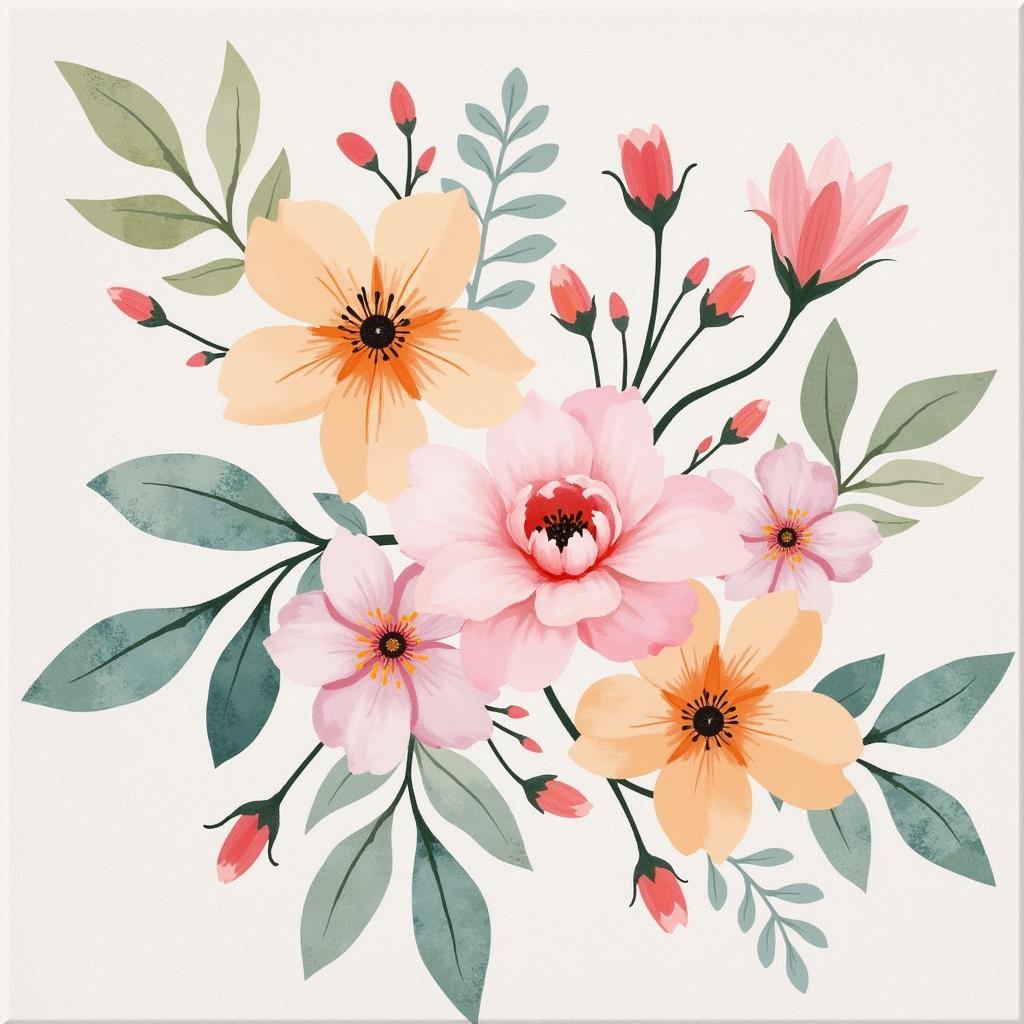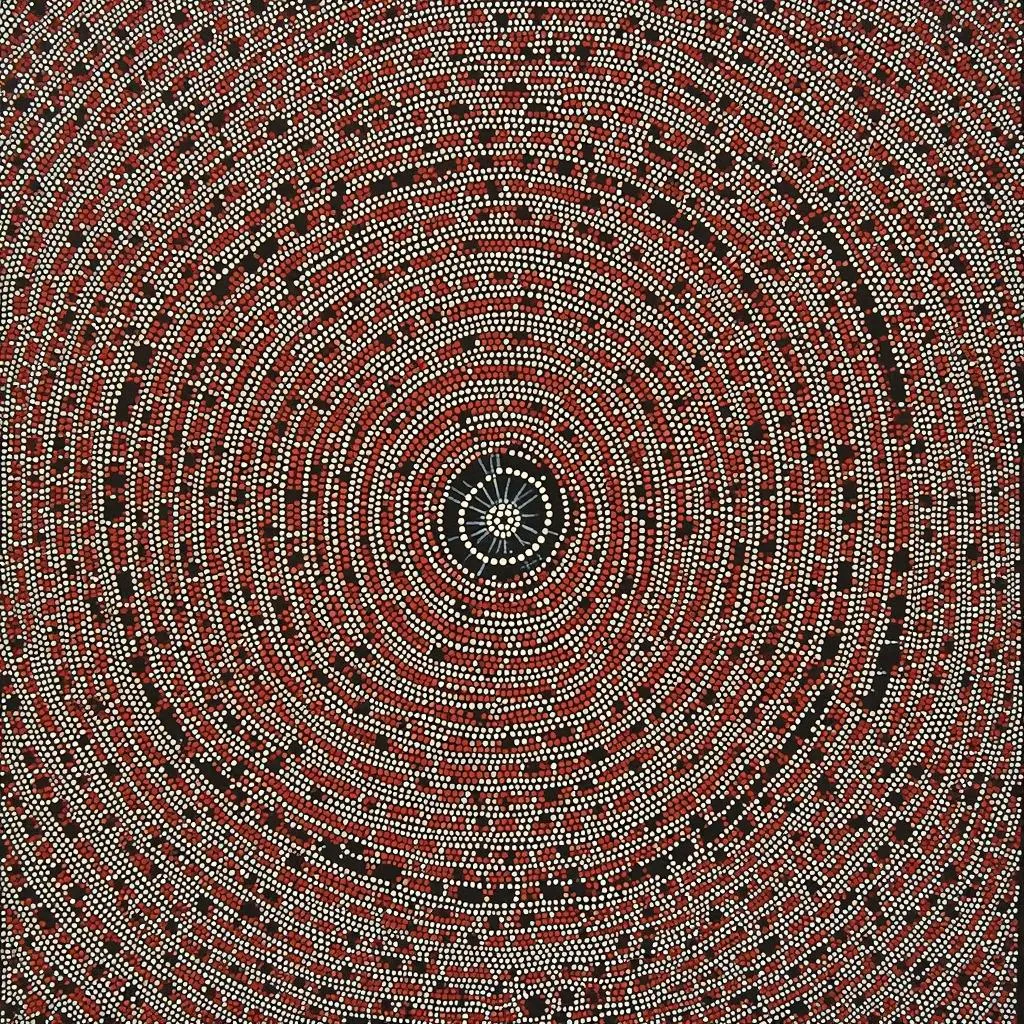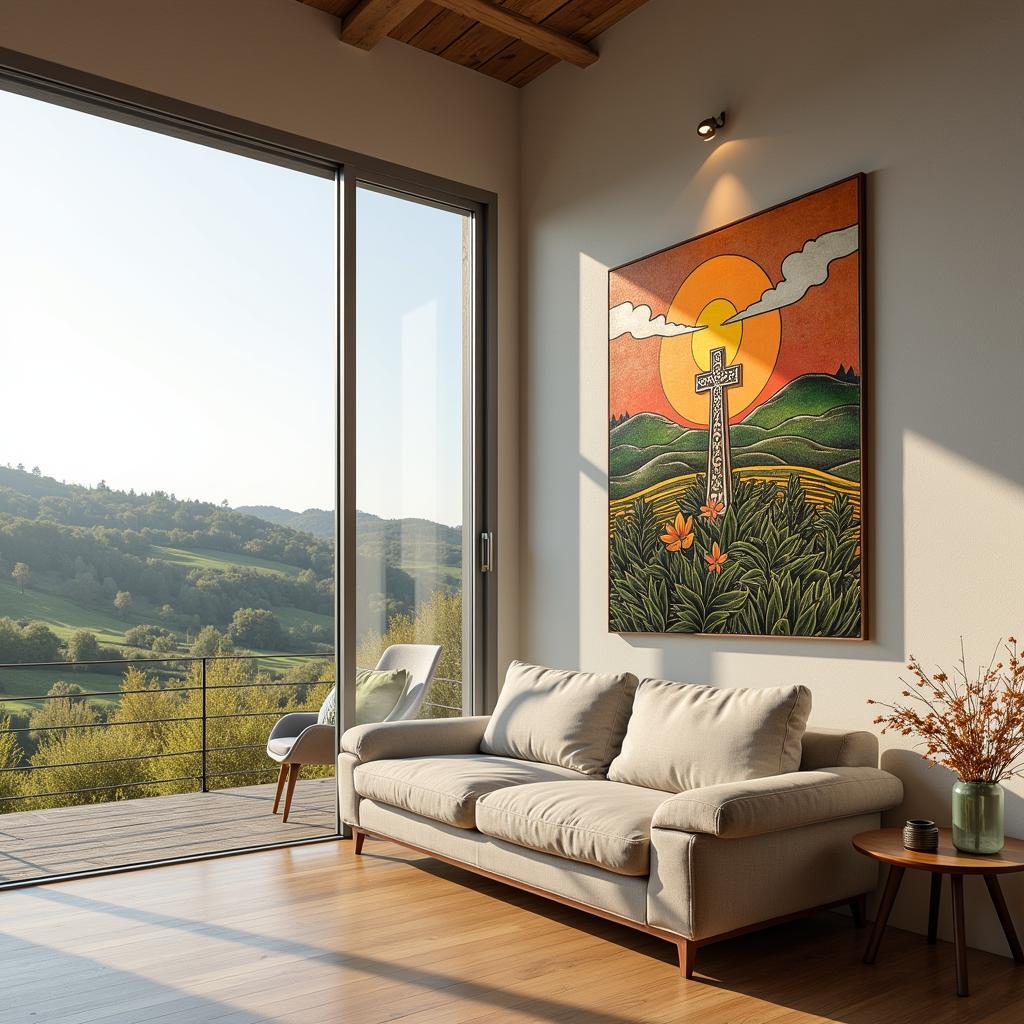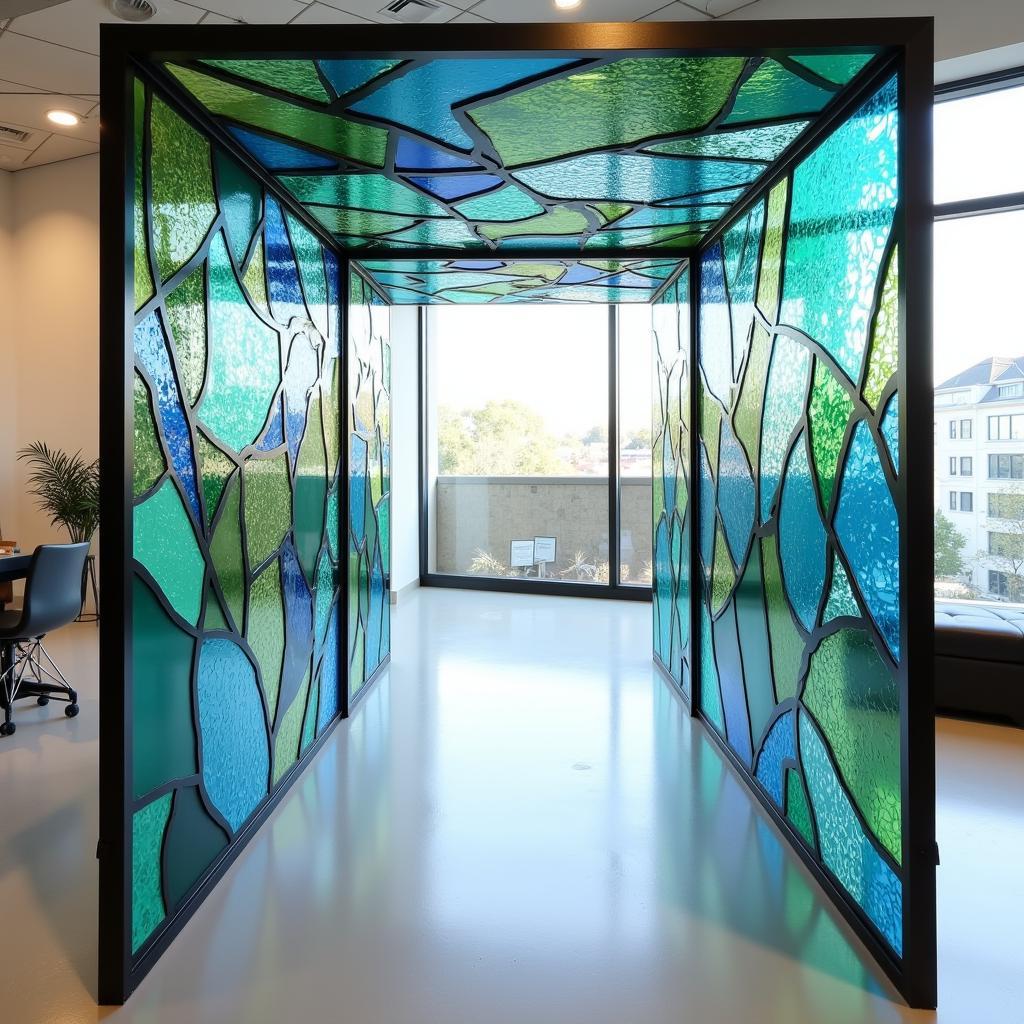Unveiling the Timeless Allure of Classical Art Portraits
Classical Art Portraits, a captivating glimpse into the past, continue to inspire awe and intrigue. These masterpieces, crafted with meticulous detail and profound artistic skill, offer more than just a likeness of the subject. They unveil stories, emotions, and the social context of bygone eras. From the Renaissance to the Romantic period, classical art portraits represent a pinnacle of artistic achievement. Explore this rich tradition with us, delving into the techniques, symbolism, and enduring legacy of these iconic works.
Mastering the Art of Classical Portraiture
Classical art portraits are renowned for their realism and attention to detail. Artists like Rembrandt and Leonardo da Vinci employed a variety of techniques to achieve this lifelike quality, including sfumato (a softening of lines and colors) and chiaroscuro (the interplay of light and shadow). These methods allowed them to capture not only the physical features of their subjects but also their inner essence. What makes these portraits so compelling is their ability to transcend mere representation and evoke a sense of the individual’s personality, status, and even their inner thoughts. woman portrait art often exemplified the beauty standards of the time.
The Significance of Symbolism in Classical Portraits
Beyond technical brilliance, classical art portraits often incorporated symbolic elements that added layers of meaning to the artwork. Objects, poses, and even the background setting were carefully chosen to convey specific messages about the subject’s identity, virtues, or social standing. For example, a woman holding a flower might symbolize purity, while a man depicted with a book represents intellect and knowledge. Understanding these symbolic nuances adds a deeper appreciation for the artistry and cultural context of classical portraits.
What Defines a Classical Art Portrait?
Classical art portraits are typically characterized by their realistic depiction of the human form, attention to detail, and the use of specific techniques like sfumato and chiaroscuro. They often portray individuals from the upper classes or prominent figures in society. While the style evolved over time, from the formality of the Renaissance to the more emotional expressions of the Romantic period, the emphasis on capturing the likeness and personality of the subject remained a constant. pug art offers a lighthearted contrast to the often serious nature of classical human portraits.
Famous Examples of Classical Art Portraits
Numerous examples of iconic classical art portraits have stood the test of time. Leonardo da Vinci’s Mona Lisa is perhaps the most famous, renowned for her enigmatic smile and the artist’s masterful use of sfumato. Rembrandt’s self-portraits offer intimate insights into the artist’s life and emotions, while the portraits of royalty by artists like Hans Holbein the Younger showcase the power and grandeur of their subjects.
The Enduring Legacy of Classical Art
Classical art portraits continue to inspire artists and captivate audiences today. Their technical brilliance, profound understanding of the human form, and insightful depictions of individual personalities offer a timeless window into the past. Whether you admire the subtle beauty of a Renaissance portrait or the dramatic intensity of a Romantic masterpiece, classical art portraits hold a unique place in the history of art.
How to Appreciate Classical Art Portraits
To truly appreciate classical art portraits, consider the historical context, the artist’s techniques, and the symbolic elements within the work. Look beyond the surface and try to understand the story the portrait is telling. Visiting museums, studying art history, and engaging with online resources can enhance your understanding and enjoyment of these timeless masterpieces. 18th century erotic art provides a contrasting perspective on the depiction of the human form in art.
In conclusion, classical art portraits offer a powerful blend of artistic skill, historical insight, and emotional resonance. These works continue to inspire and fascinate, showcasing the enduring power of art to capture the human experience across centuries. art on headstones sometimes incorporates elements of classical portraiture, albeit in a different context.
FAQ
- What are the key characteristics of classical art portraits?
- Who are some of the most famous classical portrait artists?
- What techniques were used in classical portrait painting?
- What is the significance of symbolism in classical portraits?
- How can I learn more about classical art portraits?
- Where can I see classical art portraits in person?
- How has classical portraiture influenced contemporary art?
selena gomez ai art demonstrates how technology is being used to create new forms of portraiture. 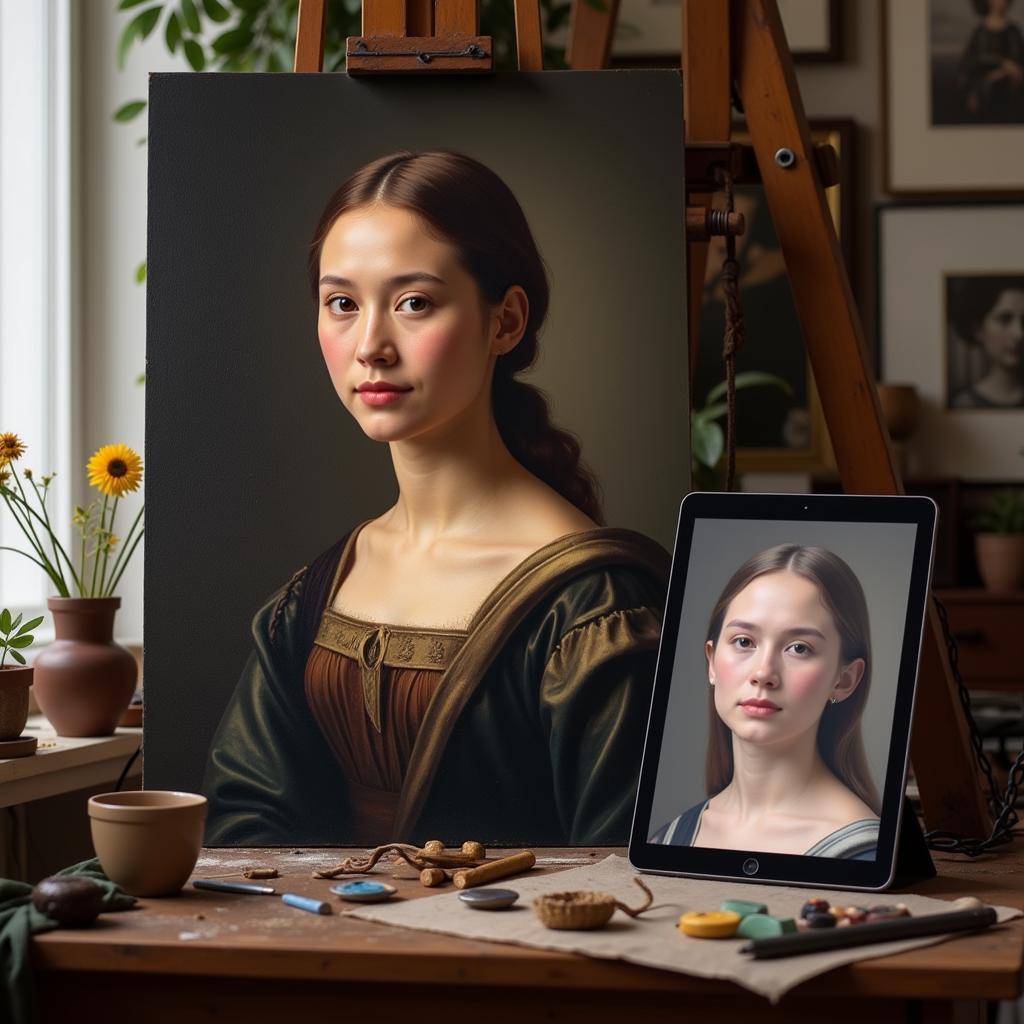 Modern Interpretations of Classical Portraits
Modern Interpretations of Classical Portraits
Need assistance? Contact us 24/7: Phone: 02462573573, Email: danteum@gmail.com or visit us at Savico Megamall, 7-9 Đ. Nguyễn Văn Linh, Gia Thụy, Long Biên, Hà Nội 10000, Việt Nam.
